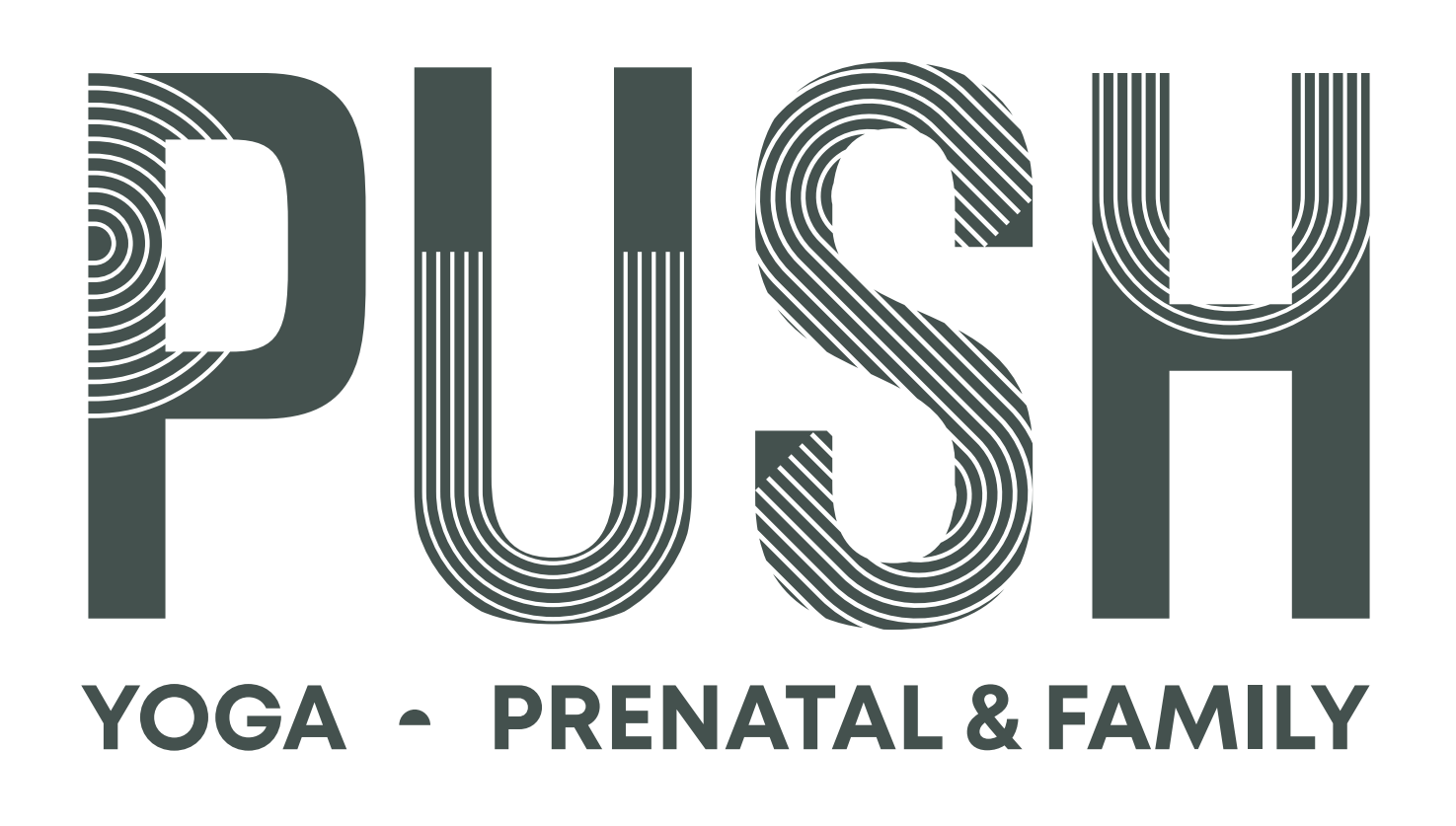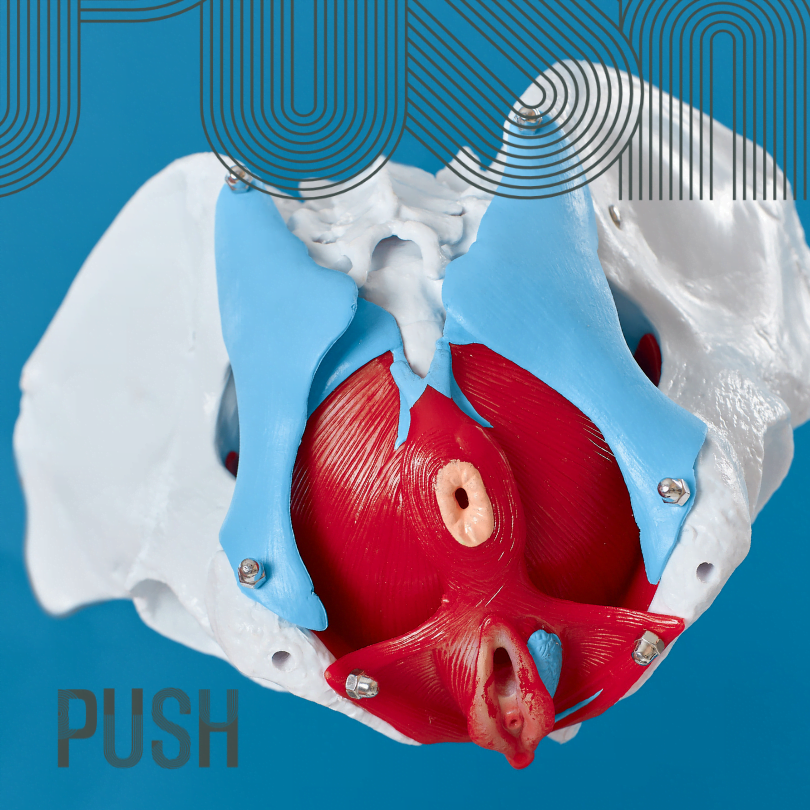The pelvic floor is an often-overlooked aspect of our body’s anatomy, yet it plays a crucial role in both prenatal and postnatal health. Understanding and properly caring for the pelvic floor can have a significant impact on individuals during and after pregnancy. In this blog post, we’ll delve into what the pelvic floor is, why it’s essential, and how it relates to prenatal and postnatal care.
What is the Pelvic Floor?
The pelvic floor refers to a group of muscles, ligaments, and tissues that form a supportive sling at the base of the pelvis. It serves several vital functions, including supporting the pelvic organs (bladder, uterus, and rectum), maintaining urinary and bowel continence, and playing a role in sexual function. Essentially, it acts as a hammock, providing support for the organs above it and helping to control the openings of the urethra, vagina, and anus.
Importance of the Pelvic Floor in Prenatal Health: During pregnancy, the pelvic floor undergoes significant changes to accommodate the growing fetus. Hormonal changes, increased pressure on the pelvic organs, and the weight of the baby can all impact the pelvic floor muscles. As a result, many expectant mothers experience symptoms such as urinary incontinence, pelvic pain, and pelvic organ prolapse.
Pelvic floor exercises, often referred to as Kegels or reverse Kegels, can help strengthen or relax these muscles, improve pelvic stability, and reduce the risk of complications during pregnancy and childbirth. Additionally, pelvic physiotherapy can provide valuable guidance on proper posture, breathing techniques, and pelvic floor exercises tailored to the individual needs of pregnant women.
Pelvic Floor & Your Birth
Regardless of whether childbirth occurs vaginally or via cesarean section, the pelvic floor is inevitably impacted. While the degree of trauma may vary, both types of delivery involve significant changes to the pelvic area. In vaginal births, the pelvic floor undergoes stretching and potential tearing, while in C-sections, the pelvic organs are still manipulated, and abdominal muscles are affected. Consequently, women from both types of births can experience pelvic floor issues postpartum. Therefore, understanding and addressing pelvic floor health should be a priority for all expectant and new mothers, regardless of their birth experience. Pelvic physiotherapy can provide tailored support to help women recover and maintain optimal pelvic floor function after childbirth, promoting overall well-being and quality of life.
Relevance of the Pelvic Floor in Postnatal Recovery
After childbirth, the pelvic floor undergoes further stress and trauma, particularly if the delivery involved vaginal tearing, episiotomy, or the use of forceps or vacuum extraction. Many women experience pelvic floor dysfunction postpartum, including urinary incontinence, fecal incontinence, pelvic pain, and sexual dysfunction.
Pelvic physiotherapy plays a crucial role in postnatal recovery by addressing these issues through targeted exercises, manual therapy techniques, and education on pelvic health and hygiene. By working on the pelvic floor muscles and improving coordination and control, women can regain better bladder and bowel function, alleviate pain, and enhance their overall quality of life after childbirth.
The pelvic floor plays a vital role in prenatal and postnatal health, impacting everything from childbirth to urinary and bowel function to sexual wellbeing. Pelvic physiotherapy offers effective strategies for addressing pelvic floor issues during and after pregnancy, helping women navigate the physical changes and challenges of motherhood with confidence and comfort. By raising awareness of the importance of pelvic health and providing access to specialized care, we can empower individuals to prioritize their pelvic floor wellness and enjoy a better quality of life.
Perineal Tearing after Birth
In cases where perineal tearing occurs despite preventive measures such as perineal massage, pelvic physiotherapy can play a vital role in promoting healing and recovery. Pelvic floor exercises, manual therapy techniques, and other interventions provided by pelvic physiotherapists can help alleviate pain, improve muscle tone, and support optimal healing of perineal tissues postpartum. By addressing pelvic floor issues comprehensively, women can enhance their postnatal recovery and overall well-being following childbirth.
The content provided in this blog post is for educational purposes only and should not be considered medical advice. Always consult with a qualified healthcare professional for diagnosis, treatment, and personalized medical advice. The author and publisher are not liable for any adverse effects or consequences resulting from the use of information presented in this post. If you have a medical emergency, seek immediate assistance from a healthcare provider.



